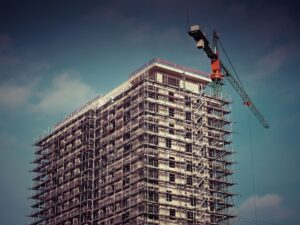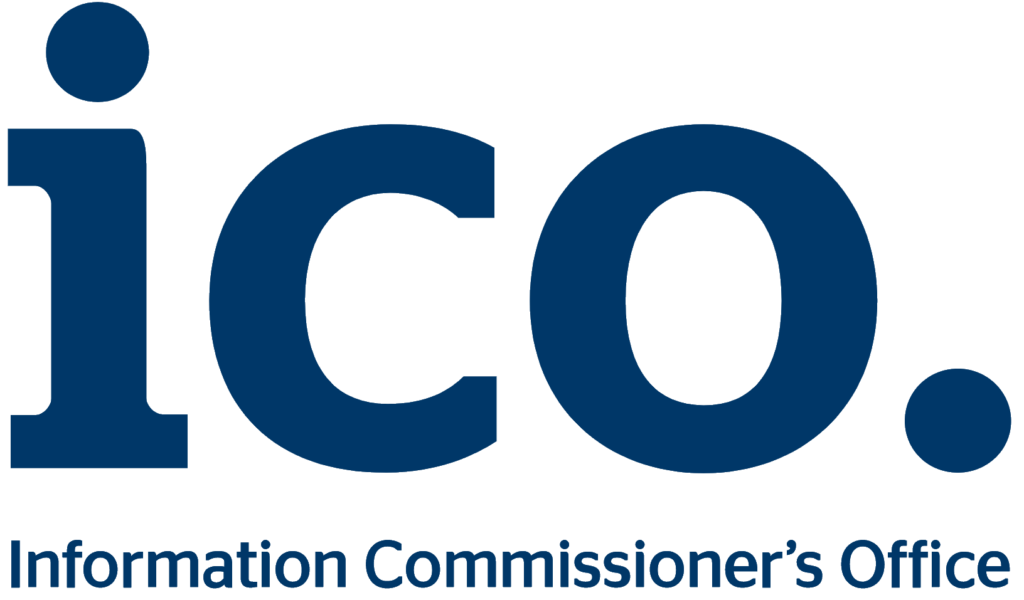Leasehold Property Owners Should be Aware of their Rights to Protect Their Investment
Collective enfranchisement is the right to buy the freehold of a block of flats from the freeholder, providing that eligibility criteria are met. The process was made possible by the Leasehold Reform Housing and Urban Development Act of 1993 and is growing in popularity as leaseholders learn of their benefits.
What Are the Benefits of Collective Enfranchisement?
Collective enfranchisement has a number of benefits to leaseholders. For example, the leaseholders can grant themselves a lease of 999 years, they can gain control of the management of the building, they can vary the lease so they no longer have to pay ground rent, and they can correct any defects in their leases.
Extending the length of your lease will help boost its value, and this is the primary reason why people pursue this strategy. But collective enfranchisement also gives leaseholders greater flexibility over the day to day running of their block as well as a greater say in how the building is managed, which primarily translates into the ability to choose their own contractors and management company rather than have those parties chosen by the freeholder.
Further, who insures the block is also under the control of the leaseholders. In theory, and often in practice, owning a share of the freehold can also result in lower costs for repairs and maintenance for each participating party.
Who Is Eligible to Proceed with Collective Enfranchisement?
There are a number of criteria that need to be met before you can proceed with a collective enfranchisement. Chief among those is that at least two thirds of the flats within the block must be owned by qualifying tenants who were initially granted leases of 21 years or more. Further, the building must be at least 75% residential, with just 25% reserved for non-residential uses. Also, the block of flats must be self contained.
In addition to those rules, at least half of the flats within the block must agree to collective enfranchisement, and in case a block has just two flats, both must agree before the process can proceed. Finally, leaseholders who own three or more properties within the block are not able to participate.
There are certain circumstances that prohibit the process of collective enfranchisement even if all of the preceding criteria were met. For example, National Trust properties and buildings within a cathedral precinct are exempt. The property is also exempt if it is a conversion of four or fewer flats. Further, if the freeholder or an adult member of the family has lived there for the past 12 months, the process cannot proceed, and if the freeholder owner has been the same person since before the conversion of the building into flats, the process also cannot proceed.
Two other classes of properties excluded from the rights to lease extension and collective enfranchisement include those in which the freehold includes any operational railway track, including a bridge, tunnel, or retaining wall to a rail track, and Crown properties, which are not bound by the legislation.
What Steps Are in the Collective Enfranchisement Process?
Assuming all of the above criteria are met, the collective enfranchisement process can move forward. There are five standard steps, and the entire process can take a year or more.
- Notice is served to the freeholder, who has 28 days to respond.
- The landlord has two months to respond but can ask for additional time.
- A counter notice is served by the freeholder. If that notice is not served within two months, the nominee purchaser must apply to the county court within six months. If the notice is received within two months, the freeholder and the nominee purchaser have six months to negotiate.
- If negotiations fail, either party can apply to a tribunal within six months of the counter notice being received.
- A premium is agreed upon and the freehold is purchased.
Parties seeking collective enfranchisement typically form a working group and draft a plan to purchase and share the collective enfranchisement, with costs or any premium being shared. It is often advisable to set up a company for the purpose of the collective enfranchisement. A surveyor and a solicitor are crucial in valuing the property and advising the amount to be offered in the initial notice.
Though an exact value of the settlement is not really possible to predict, the surveyor should be able to provide minimum and maximum values. It’s also worth noting that leaseholders will be responsible for their legal costs as well as the freeholder’s surveyor’s costs. If the process winds up in Tribunal, each party is responsible for their own expenses.
In addition to providing best and worst case values and advising on the amount to offer in the initial notice, the valuer can also help with negotiations and price settlement and provide advice on future management and advice on structural and repair conditions and implications for future maintenance costs and service charges.
Do you want to know more about the collective enfranchisement process? Contact Strangford Management to arrange a free consultation.




